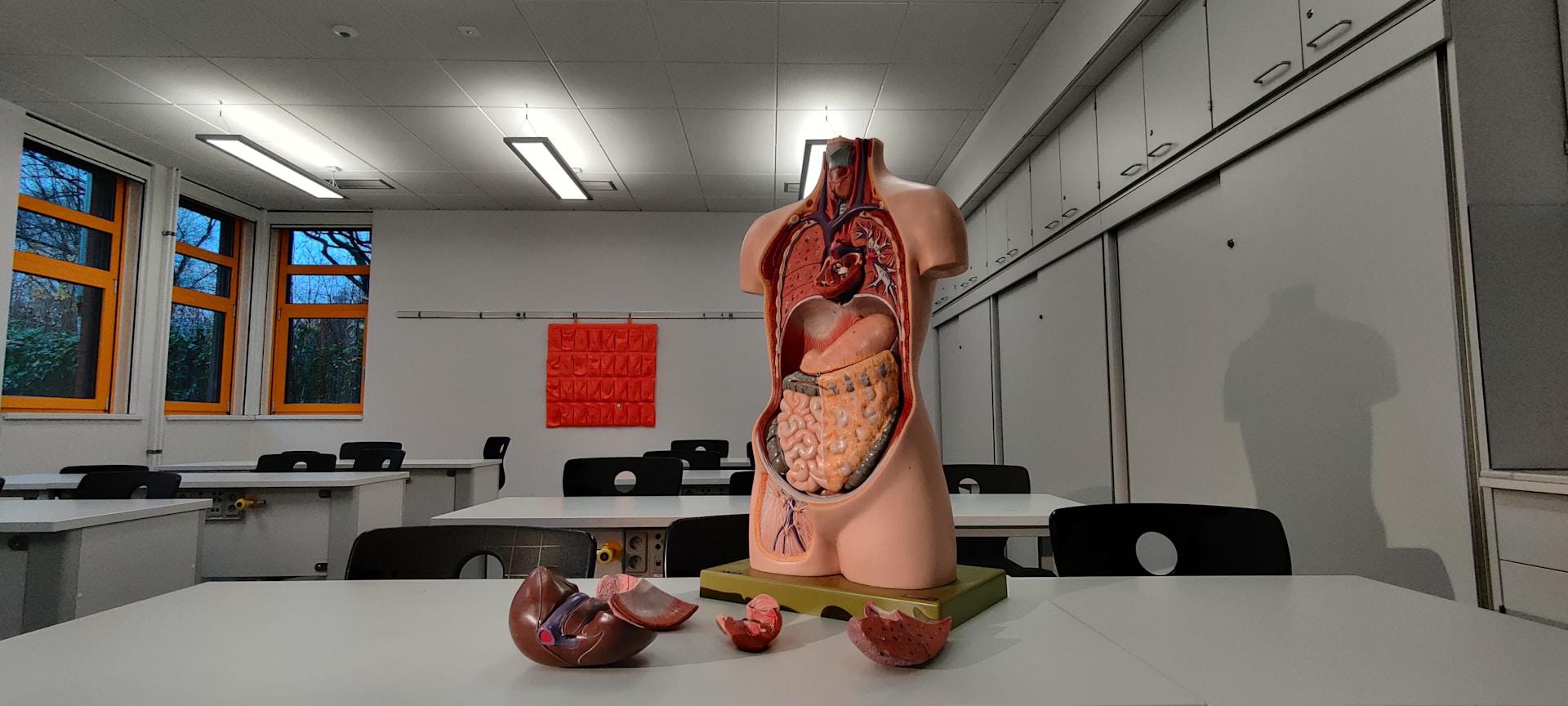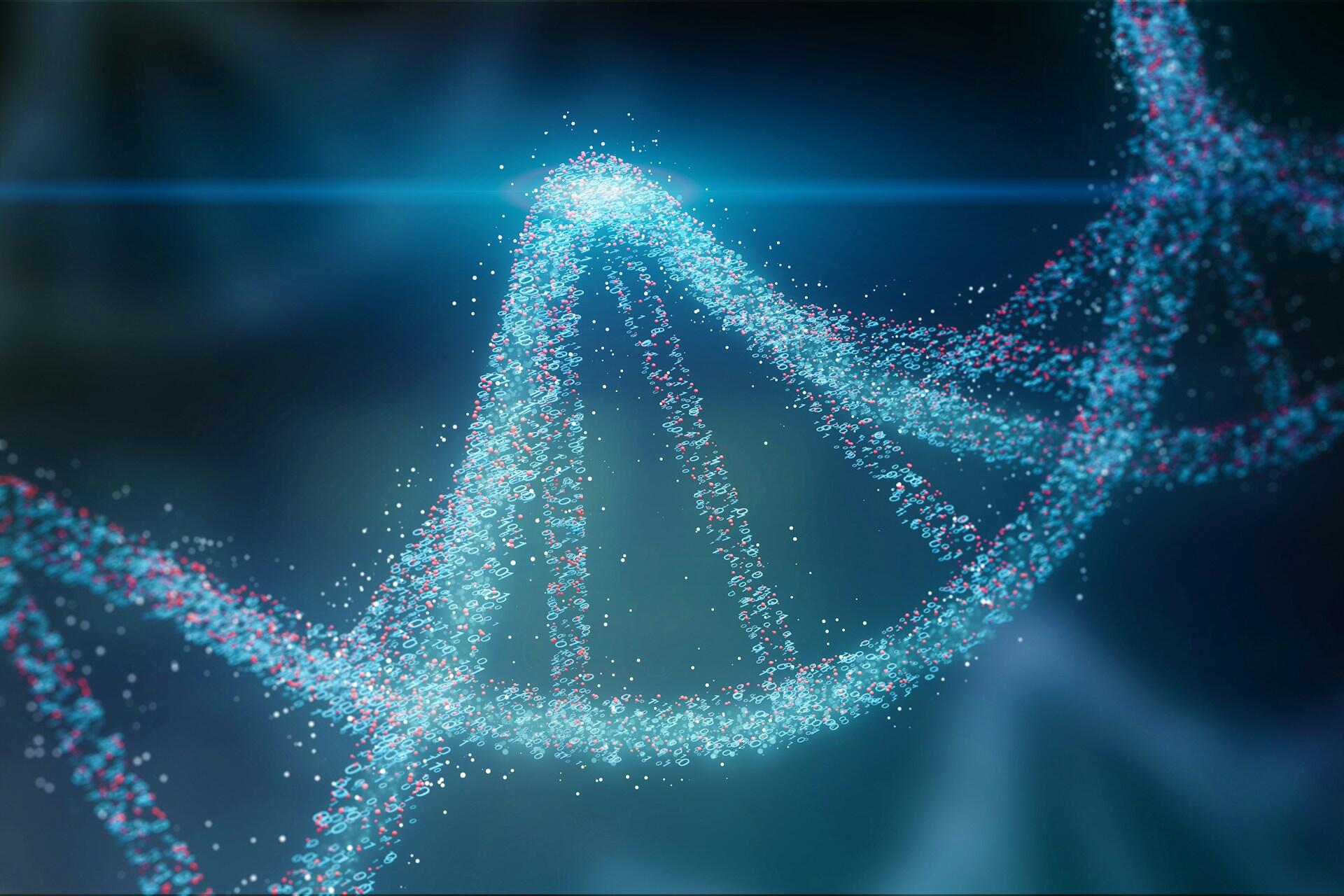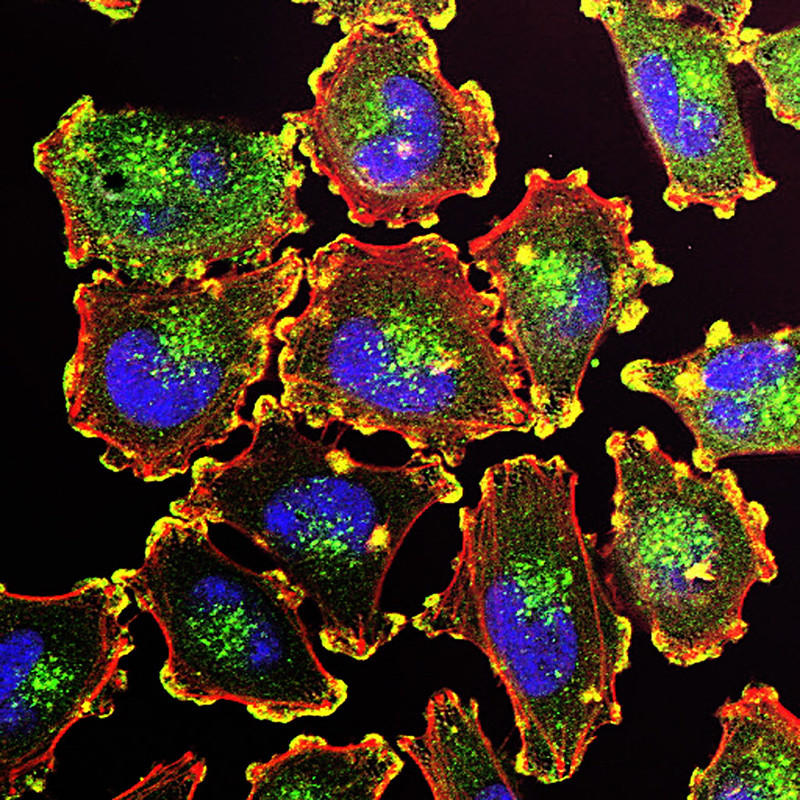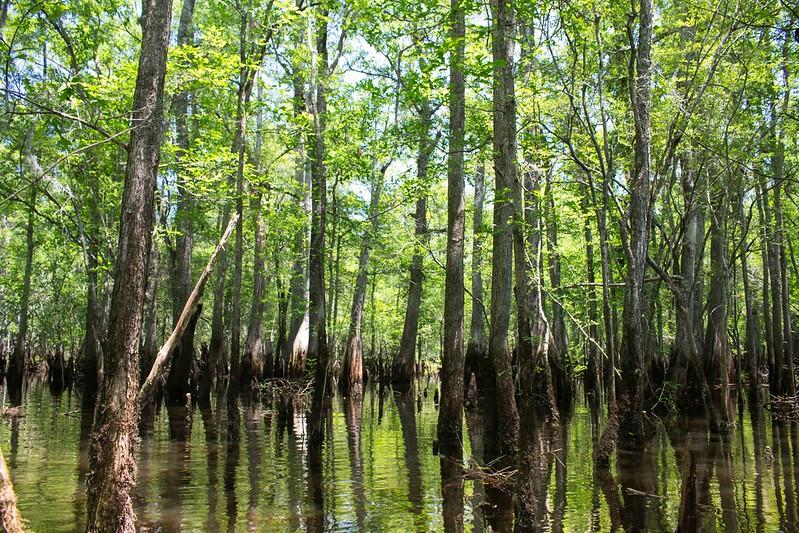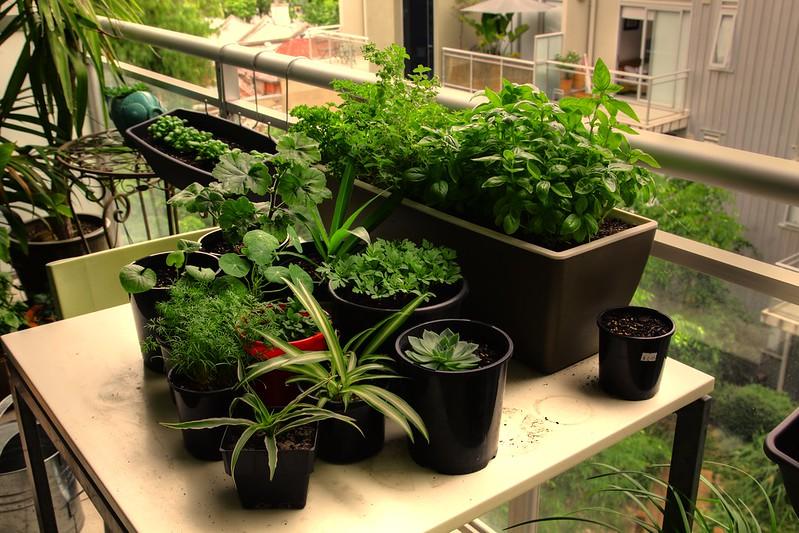By ‘life,’ we mean a thing that can nourish itself and grow and decay.
Aristotle
Your Biology syllabus GCSE arms you with fundamental knowledge to contemplate how life works. How very Aristotle of you to take this course! It covers diet and nutrition, as well as food chains, living organisms, and their reproduction.
Biology is the Science of Life, relevant to all, and a key transferrable subject. All of our exam boards offer a Biology component, either as a standalone science or as a double. As this subject is universal, each exam board covers roughly the same broad topics:
| Topic | What it covers |
|---|---|
| Reproduction | Sex organs, hormones, puberty, fetal growth, asexual reproduction. |
| Genetics & inheritance | DNA and its structure, genetic inheritance, inherited disorders, sex determination |
| Evolution | Natural selection, genetic variation, selective breeding, genetic engineering |
| Living organisms | Archaea, bacteria, eukaryota; also non- and vertebrates, mammals, reptiles, amphibians, and others |
| Nutrition and digestion | proteins, carbs, and fats; metabolism and respiration |

GCSE Biology Subjects At A Glance
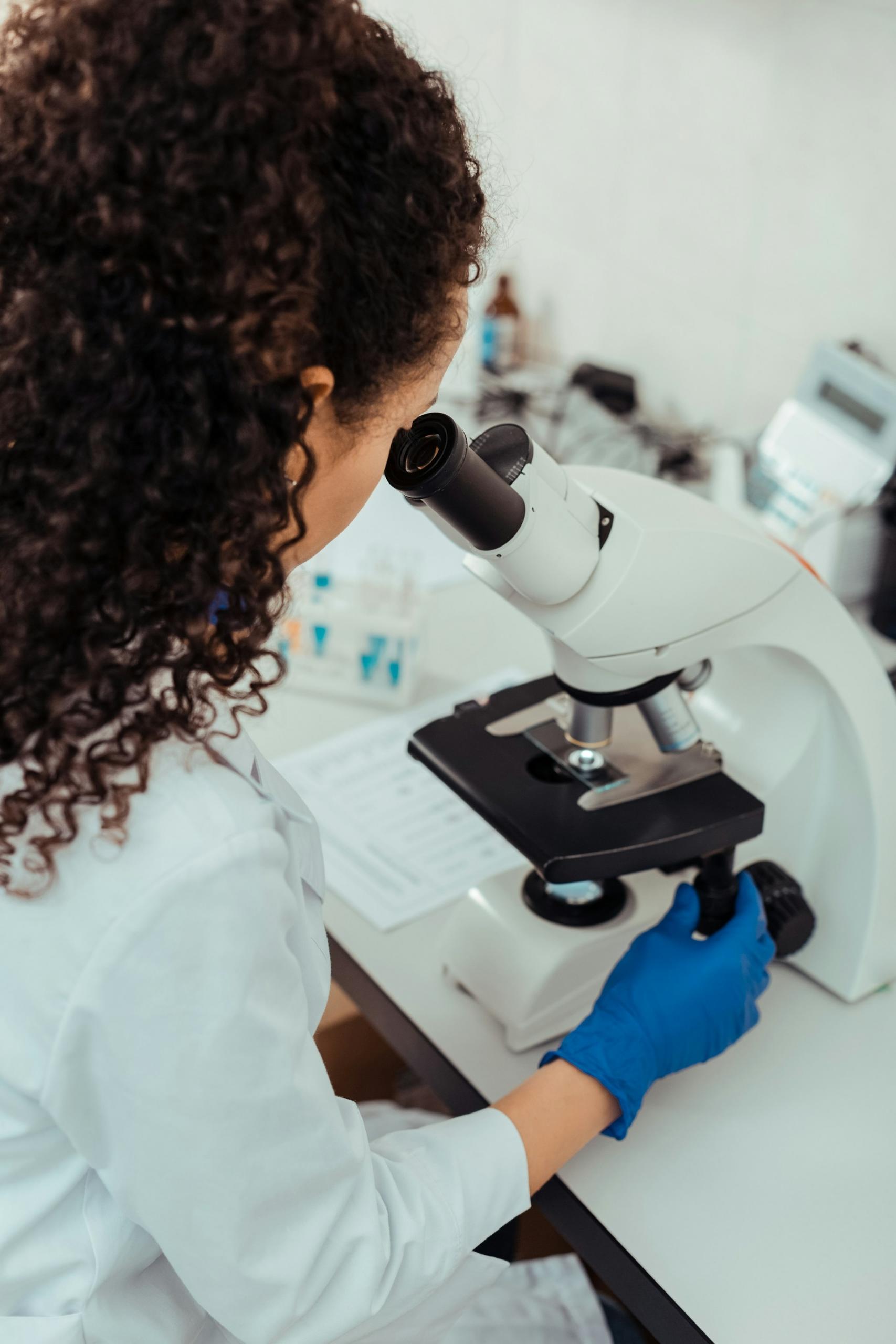
For some, the Biology syllabus GCSE might be their last formal study of the Science. For others, it could be the start of ongoing studies within the field, and a career in the Live Sciences. Either way, Biology provides the foundations for understanding the natural world. It lays bare how science changes our lives.
According to an A-Level biology tutor I know, the primary topics AQA GCSE Biology covers are in line with other boards' specifications.
In no particular order, they are:
- Photosynthesis
- Organisms and their Environment
- Proteins - their Functions and Uses
- Aerobic and Anaerobic Respiration
- Cell Division and Inheritance
- Speciation
- Movement of Molecules In and Out of Cells
- Transport Systems in Plants and Animals
- Homeostasis
- Humans and their Environment
- Keeping Healthy
- Nerves and Hormones
- The Use and Abuse of Drugs
- Interdependence and Adaptation
- Energy and Biomass in Food Chains
- Waste Materials from Plants and Animals
- Genetic Variation and its Control
- Evolution
- Cells and Simple Cell Transport
- Tissues, Organs and Organ Systems
Now that we have an idea of this subject's scope, let's examine its main aspects in closer detail.
Reproduction
One of the topics covered by Biology at GCSE Level is Reproduction. This study examines the human body, in particular the sexual organs, and how humans reproduce. You might have already learned about the human body during sex education, earlier in your academic career.
This more advanced course explains the functions of male and female sex organs in greater detail. You'll also learn more about hormones, puberty and how a fetus grows.
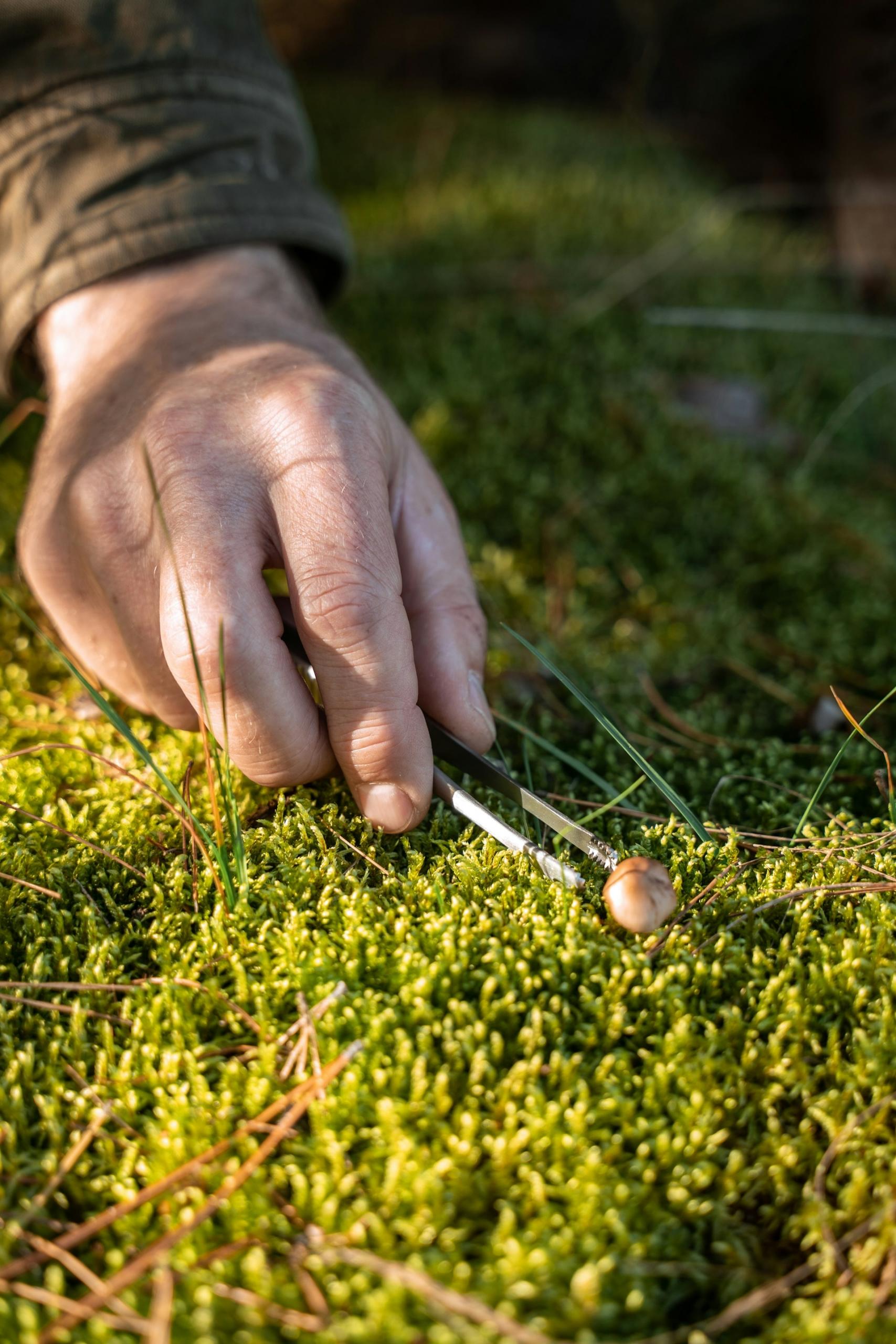
My mate, who's a biology tutor Glasgow, starts his lessons off with this comparison:
Sexual Reproduction
- requires two gametes
- undergoes meiosis
- long-duration process
- expansive genetic diversity
Asexual Reproduction
- a clone of the parent
- undergoes mitosis
- short-duration process
- limited genetic diversity
Many vertebrate animals require a male and female to combine sperm with ova (eggs). The fertilised egg - the zygote, incubates as it evolves and develops, until it is ready to live independent of its mother.
The zygote represents a combination of both parents’ alleles. It contains all of the genetic information for the production of a new organism.
Zygotes receive two sets of genes, but only half of them can express. Some become recessive and others dominant. We can see the activity of those genes without any type of scientific equipment: in the colour of skin and hair, in the colour and shape of the eyes, the length of limbs and so on.
By contrast, asexual reproduction employs mitosis to create copies of existing organisms. Fungi, bacteria and even potatoes are asexual reproducers. It's a is much faster process because it doesn't involve searching for a compatible mate. Also, it takes less time to produce offspring.
Sexual reproduction is much more elaborate. A suitable mate must be found, and perhaps, a mating ritual ensues. After all that, the conception may suffer environmental factors or disease. And then, the incubation period and the time to maturity...
for the Salamandra Atra
Any biology tutor would tell you that environmental factors such as chemical exposures and extreme temperatures affect an organism’s ability to survive. That's whether meiosis occurs, or mitosis - the organism clones itself.
Still, populations of asexual organisms can grow very rapidly if the conditions are right. The lack of genetic diversity asexual reproduction causes poses risks to the entire population. Different genes, passed on during sexual reproduction, makes these species more resilient.
Genetics &Inheritance
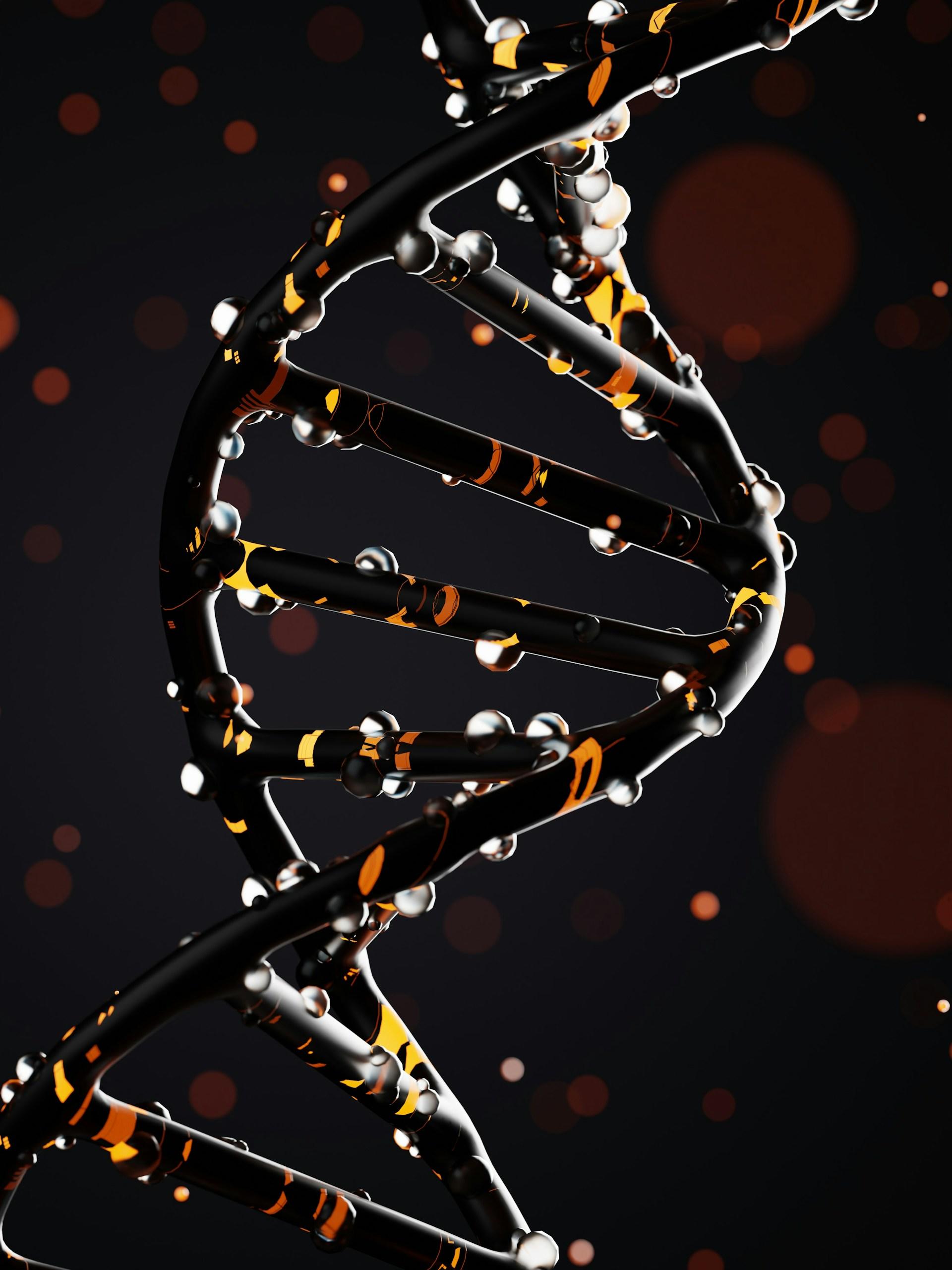
You will already know that you inherit genes and characteristics from your biological parents. This topic takes the matter further, by exposing our DNA's structure. You'll also explore how one pair of chromosomes each comes from your mother and father.
You inherit the same number of chromosomes from both parents. This does not mean that the physical or emotional characteristics you embody will be split half and half.
One child may take after their father in a variety of ways, while siblings may be - and look, more like mom.
The genes we inherit are only a part of the story; each person typically develops their own unique features.
After learning about the structure of DNA, including base pairs, you will turn your attention to alleles. These are different versions of the same gene. They may be either dominant or recessive. Alleles are how you develop your unique features.
Finally, you will explore the different types of cell division and the stages that cells go through. You will discover that mitosis produces two identical cells with the same number of chromosomes as in the original cell.
Meiosis, which produces gametes, creates four genetically different haploid cells. The latter is called a reduction division because the chromosome number is halved from diploid to haploid. Should you find these concepts hard to grasp - even after this clip, a few biology online tutoring sessions would help.

GCSE Biology: Evolution
It is not the strongest of the species that survives, nor the most intelligent, but the one most adaptable to change.
Leon Megginson
Evolution describes how gene changes occur over time. These changes give the organism characteristics they need to better survive.
This topic instructs you on natural selection and how this causes genetic variation, including how bacteria can become resistant to certain antibiotics. Your teacher will explain how antibiotic misuse has led to more infections, that are harder to control.
Antibiotic medications target bacterias’ life cycle – the cloning and reproducing of those organisms. They either render the creatures unable to reproduce, or kill them outright.
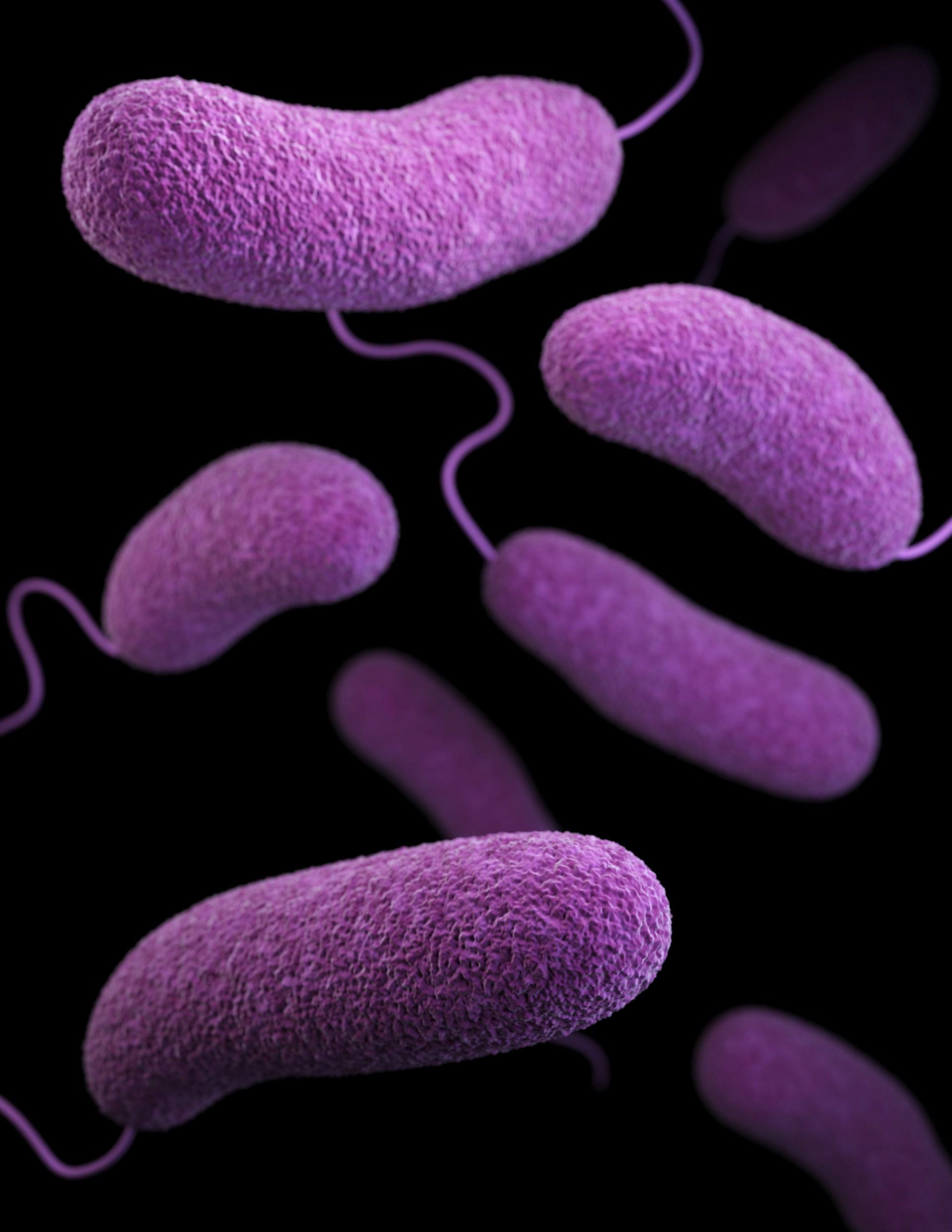
Let’s suppose you have a 10-day antibiotic protocol. That timeframe represents how long the chemicals in the medicine need to stifle the bacteria’s reproductive capability. However, you feel better after taking medicine for only 7 days, so you stop taking it.
Some of the bacterial colony that made you sick likely survived the onslaught. Now that they are no longer under attack, they begin to reproduce. That medicine may have changed the bacteria's genetic structure.
They may have evolved defence mechanisms to defeat that formula. And then, those microbes multiply... We currently face a superbug crisis that no existing antibiotic can conquer. This is one of the most serious health concerns the scientific community faces today.
Remember that asexual reproduction is very efficient and very fast.
Beyond that topic, this module covers selective breeding: changing genes on purpose to improve crops or livestock. As a direct result of human intervention, selective breeding creates new species. Opposite natural selection, effects from this artificial selection are not yet clear.
Living Organisms
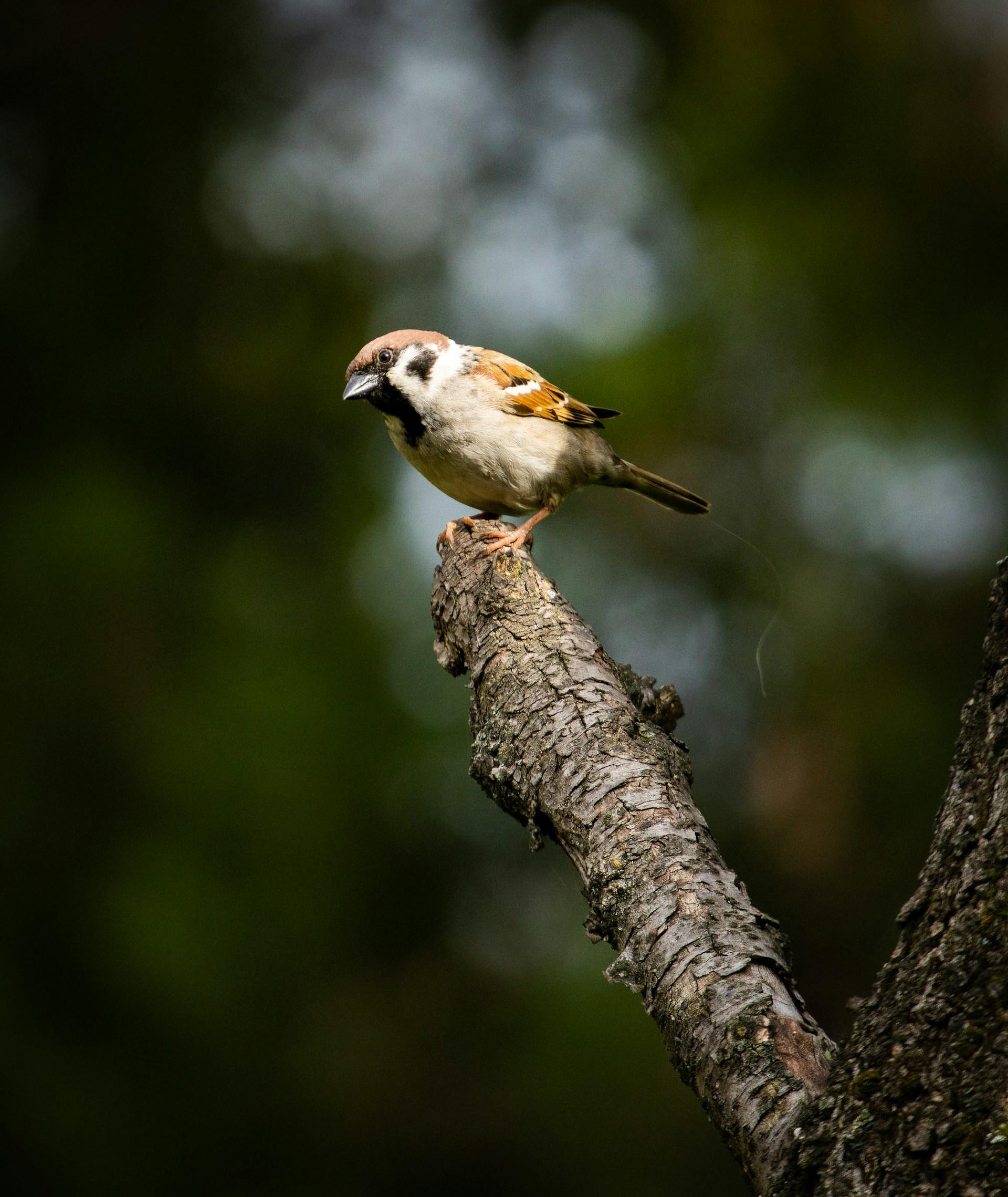
The science community categorises living organisms according to their characteristics. During this part of your Biology syllabus GCSE course, you'll explore these 'kingdoms', and how we classify species within them.
Vertebrates are animals with backbones. This category includes amphibians, birds, bony fish, mammals and reptiles. Invertebrates do not have backbones. This group includes annelids, arthropods, molluscs and nematodes.
Flowering plants make up two groups: monocotyledons and eudicotyledons.
Monocotyledons
- grasses
- orchids
- palms
- bananas
- ginger
- corn
- onions
- sugarcane
eudicotyledons
- apples
- sunflowers
- dandelions
- cabbage
- beans
- peanuts
- plums
- English oak
Keys are used to identify and classify different species, asking questions that can only have one of two possible answers. These dichotomous keys are usually displayed in the form of a branching diagram, similar to those you see in magazine quizzes (i.e. "Are you X or are you Y?" style).
King Phillip Called On Five Great Soldiers
This memory device will help you remember Carl Linnaeus’ classification system. Thanks to him, all living beings are classed in order of: kingdom, phylum, class, order, family, genus and species.
For humans, the classification is:
- Kingdom - animal
- Phylum - vertebrate
- Class - mammal
- Order - omnivore
- Family - hominidae
- Genus - homo
- Species - sapiens
When referring to humans in scientific circles, only the last two classifications are given. We give our classification a binomial designation.
This binomial system permits a clear distinction between species that may belong to the same family and genus, but have had to adapt to a different environment.
Around 15 different species whose beaks had visibly adapted to their specific region.
Such might be the case due to migration and subsequent evolution. As Darwin's finches demonstrate, the divergence is so dramatic that we recognise these animals under different genera altogether. Let this tutor tell you more about them.
Nutrition, Digestion And Excretion
This area of Biology covers a wide spectrum of subtopics. The two that you likely will relate to the most are diet and digestion. Who doesn't love a good curry or a greasy cone of chips, fresh from the fryer? In this study, you'll discover what foods are on a molecular level, and how your body uses them.
Learning about the human digestive system entails studying food types, and what happens once you ingest them. In general terms, you'll know how your body breaks them down and absorbs nutrients, before excreting the waste.
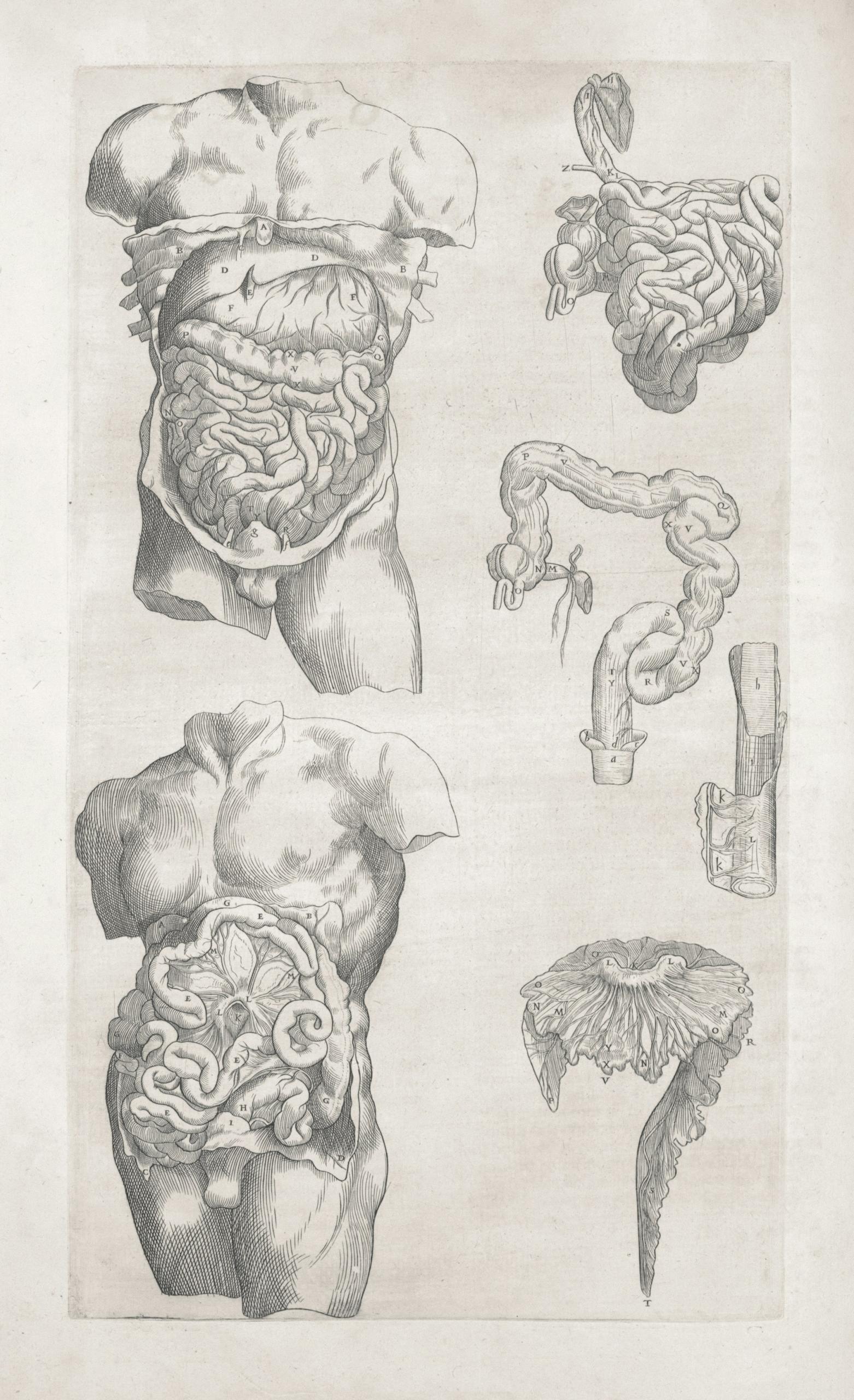
All the food we eat fall into one of three categories.
Proteins ensure the repair and growth of cells.
Fats deliver essential fatty acids and aid in vitamin absorption.
Carbohydrates can provide energy and make glucose.
Eggs, meats, cheese, beans and seeds contain a lot of protein. Fats, or lipids come from fatty fish, nuts, butter, and meat - whether processed or unprocessed.
Carbohydrates come from two major sources: sugars and starches. Carbohydrates from sugar include fruits and fruit juices, sweets and fizzy drinks. Potatoes, rice, bread, pasta and cereals top the list of carb-rich starchy foods.
Proteins, fats and glucose are necessary for cellular respiration – the way cells energise through oxidation. Today's standard diet allows carbs to provide that process with glucose, but (healthy) fats are also efficient sources of energy.
You will understand more about the different types of foods and their functions when you study the human diet in your GCSE Biology course. This segment only touches on proteins, lipids, and carbs, and roughly describes their functions.
You must then discover sources of vitamins, and how deficiencies in these nutrients affect us. In addition, you will see how certain foods impact on our teeth and cause decay.
This topic encourages you to learn about your specific energy requirements, and how to maintain a healthy diet. Along the way, you will study other influences that can affect your eating patterns, including pregnancy, activity levels, the environment, and illness. Keep in mind that biology tutors are standing by to help you dive deep into these subjects.
Enzymes
Chemical reactions happen throughout our bodies every second. One of the most complex processes is absorbing nutrition.
From the second we put a bite of food into our mouths and start chewing, enzymes swing into action. They break down complex molecules to make them small enough for absorption in our small intestines.
Enzymes are proteins that speed up the chemical breakdown of foods into digestible particles.
Let’s say jacket potatoes are your favourite veg; you insist on having one every day. Come tea time, you can hardly wait to dig in to its creamy, soft interior...
The enzyme amylase, so prevalent in our mouths, begins breaking down the starch your potato is so rich in. That starch will undergo further molecular separation in your gut until it is rendered into maltose. That sugar molecule is small enough to pass through the intestinal wall.
And then, hitching a ride in the bloodstream, maltose goes to the liver for further processing, and eventual consumption as energy. Or into storage, as fat.
Specific enzymes fulfil specific tasks, and are located in exacting regions in the body. You won't need to know the name of every enzyme and what it works on. However, it's always good to get as complete a picture as possible.
| Name | Where in the body? | Function |
|---|---|---|
| Lipases | Small intestine | Split fatty acids into fats and oils |
| Amylase (pancreatic) Amylase (salivary) | Small intestine Mouth | Carbohydrate digestion |
| Maltase | Small intestine | Carbohydrate digestion |
| Lactase | Small intestine | Carbohydrate digestion |
| Invertase | Small intestine | Carbohydrate digestion |
| Sucrase | Small intestine | Carbohydrate digestion |
| Pepsin | Stomach | Protein digestion |
| Trypsin | Small intestine | Protein digestion |
| Pepsydases | Small intestine | Protein digestion |
| Nuclease | Small intestine | Nucleic acid digestion |
| Nucleosidases | Small intestine | Nucleic acid digestion |
Glossary of Select Biology Terms
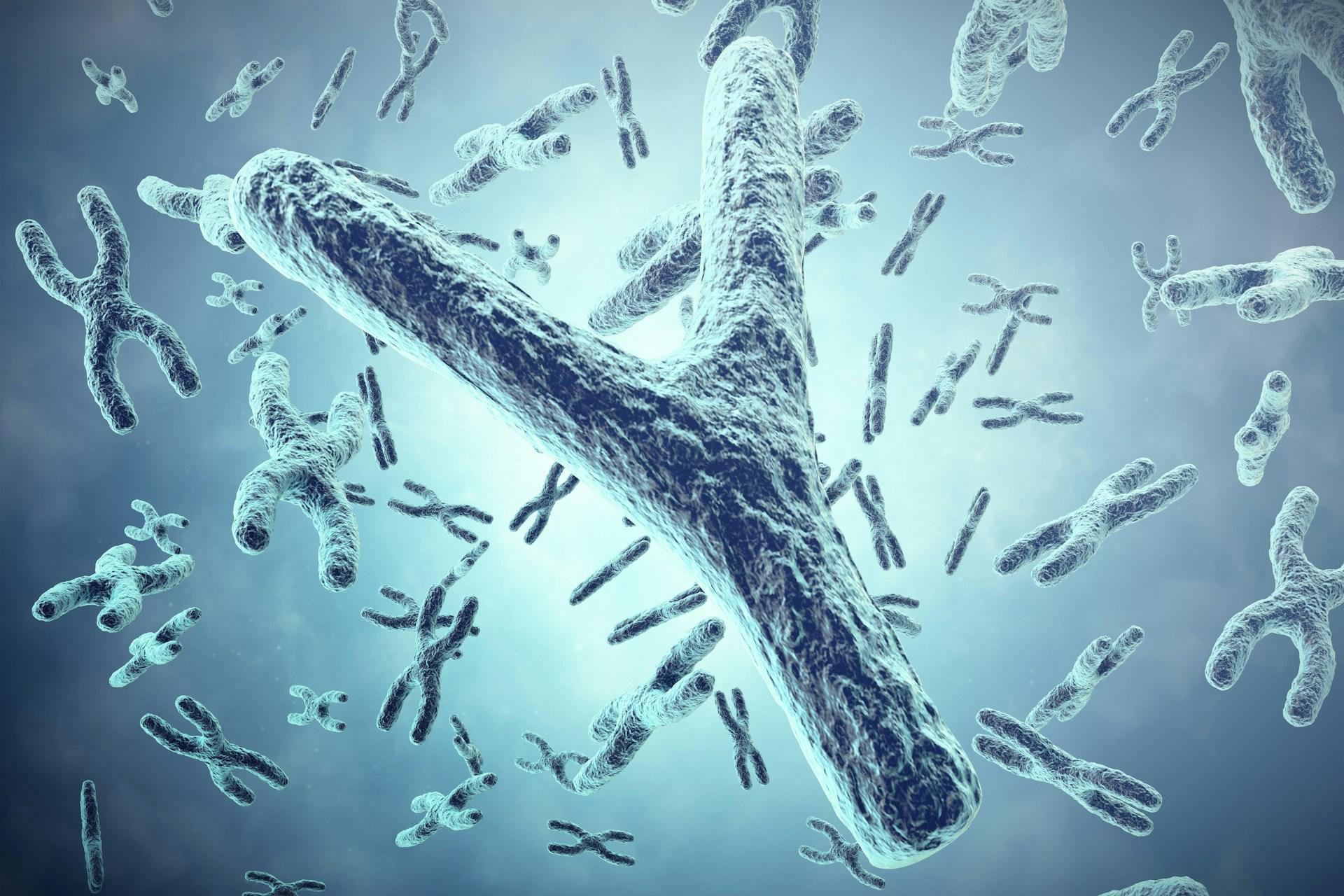
To take that idea further: havng a list of keywords can be very useful when you come to revise for your exam. Your texbook likely contains a glossary, and Bitesize is always ready to deliver GCSE biology help.
No doubt, you already have a long list of terminology related to biological functions and processes. In case you don’t, or if your list is incomplete, we present some of the more obscure terms that you must know to score well on your exam.
| Term | Meaning |
|---|---|
| Allele | Any of the alternative forms of the same gene |
| Amino Acids | Essential for building proteins; key elements are carbon, hydrogen, oxygen and nitrogen. |
| Binomial | Having two names. It is standard practice to name every organism for its genus and its species, in that order. |
| Chromosome | The structure made from DNA that codes for all of the characteristics of an organism. |
| Cytoplasm | The living substance in a cell that surrounds its nucleus. |
| Gamete | A sex cell; in males they are sperm; in females, ova (eggs) |
| Gene | The basic unit of genetic information; organisms inherit genes from their parents |
| Genome | The complete set of DNA found in an organism. |
| Meiosis | Division in a cell; a diploid becomes a haploid |
| Mitosis | Cloning; a process in which a produced cell is identical to the parent cell. |
| Mutation | A random or spontaneous change in the structure of a gene, chromosome, or number of chromosomes. |
| Organism | Any living entity including plants, animals and microbes |
| Pathogen | A microorganism that causes disease |
| Phenotype | Visible characteristics resulted from genetic expression. |
| Phylum | A main taxonomic category; it falls under ‘kingdom’ but ahead of ‘class’. |
| Protein synthesis | Cccurring in the cells’ ribosomes (the area of the cell where protein synthesis happens), it the production of proteins from amino acids. |
| Speciation | Formations of new species as a result of evolution. |
| Villi | Tentacle-like projections in the wall of the small intestine. They expand the intestine's surface area. Villum: singular of villi Microvilli: cover each villum |
Studying biology is:

